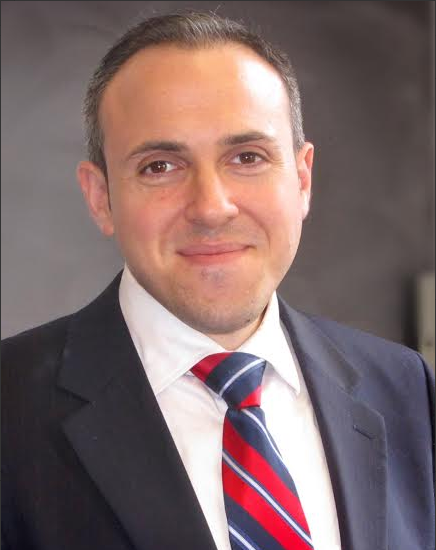Treyger, Colton to lead protest against Bensonhurst trash plant

Two elected officials who have spent years fighting the city’s plans for a garbage processing plant in Bensonhurst are set to renew their battle on Sunday.
Assemblyman Bill Colton (D-Gravesend-Bensonhurst) and Councilman Mark Treyger (D-Coney Island-Gravesend-Bensonhurst) will lead a protest rally against the city’s already approved plans to construct a marine transfer station on the site of the old Bensonhurst Trash Incinerator on Shore Parkway. The incinerator was shut down by the city in the early 1990s. Colton had also led an effort to get the city to close the incinerator, charging that the trash burner was ruining the environment and affecting the health of residents, many of whom were diagnosed with respiratory ailments and other serious illnesses.
The rally will take place on Sunday, June 1, on the Bay Parkway Promenade next to the Caesar’s Bay Shopping Mall on Shore Parkway and Bay Parkway at 1 p.m.
